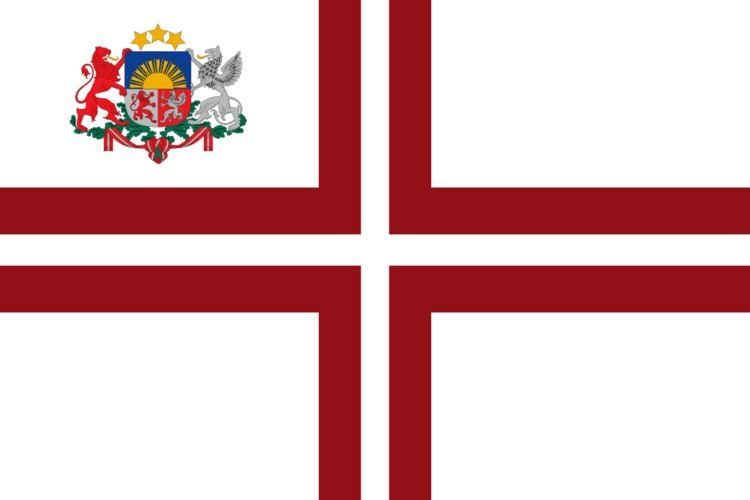Appointer President of Latvia Formation 19 November 1918 | Inaugural holder Kārlis Ulmanis | |
 | ||
Term length General elections to the Saeima are held every four years at most. The Prime Minister is by convention the leader of the victorious party. No term limits are imposed on the office. | ||
The Prime Minister of Latvia (Latvian: Ministru prezidents) is the most powerful member of the Government of Latvia, and presides over the Latvian Cabinet of Ministers. The Prime Minister is nominated by the President of Latvia, but must be able to obtain the support of a majority of the Saeima (parliament).
Contents
The tables below display all Latvian Prime Ministers from both the first period of Latvian independence (1918–1940) and since the country regained its independence (1990–present). From 1990 to 6 July 1993, the office was known as Chairman of the Council of Ministers, but is generally considered to have been the same role.
A direct translation of the official Latvian term is Minister-President. Although the equivalent is used in some European languages, it is not used conventionally in English.
Republic of Latvia (1918–1940)
Political Party: LZS Independent MP DC PA LJSP
1 During the 1918–1920 Independence War, Latvia was contested by two other governments: the government of Soviet Latvia, led by Pēteris Stučka, and the government of Andrievs Niedra, backed by Baltic Germans. Some sources may list Stučka and Niedra as prime ministers for periods when their governments controlled most of Latvia.
2 On 15 May 1934, prime minister Ulmanis dissolved parliament and banned all political parties (including his own Farmer's Union), establishing authoritarian rule.
3 Puppet leader appointed by Soviet authorities. Not recognized as such by the Latvian government.
Republic of Latvia (1990–present)
From 4 May 1990 after adopting the Declaration of the Restoration of Independence of the Republic.
Political Party: LTF LC Independent TB/LNNK TP JL LZP LPP/LC V
